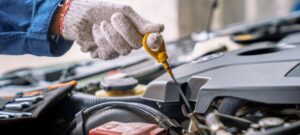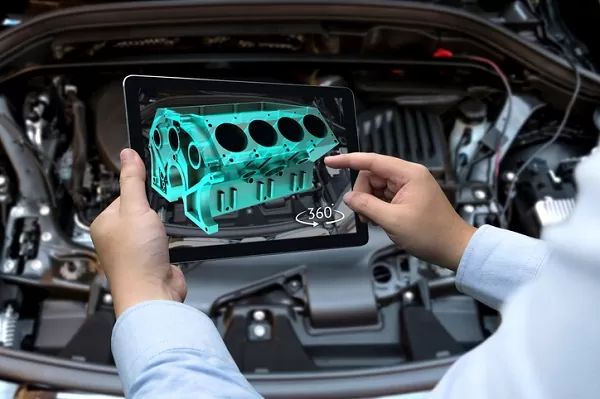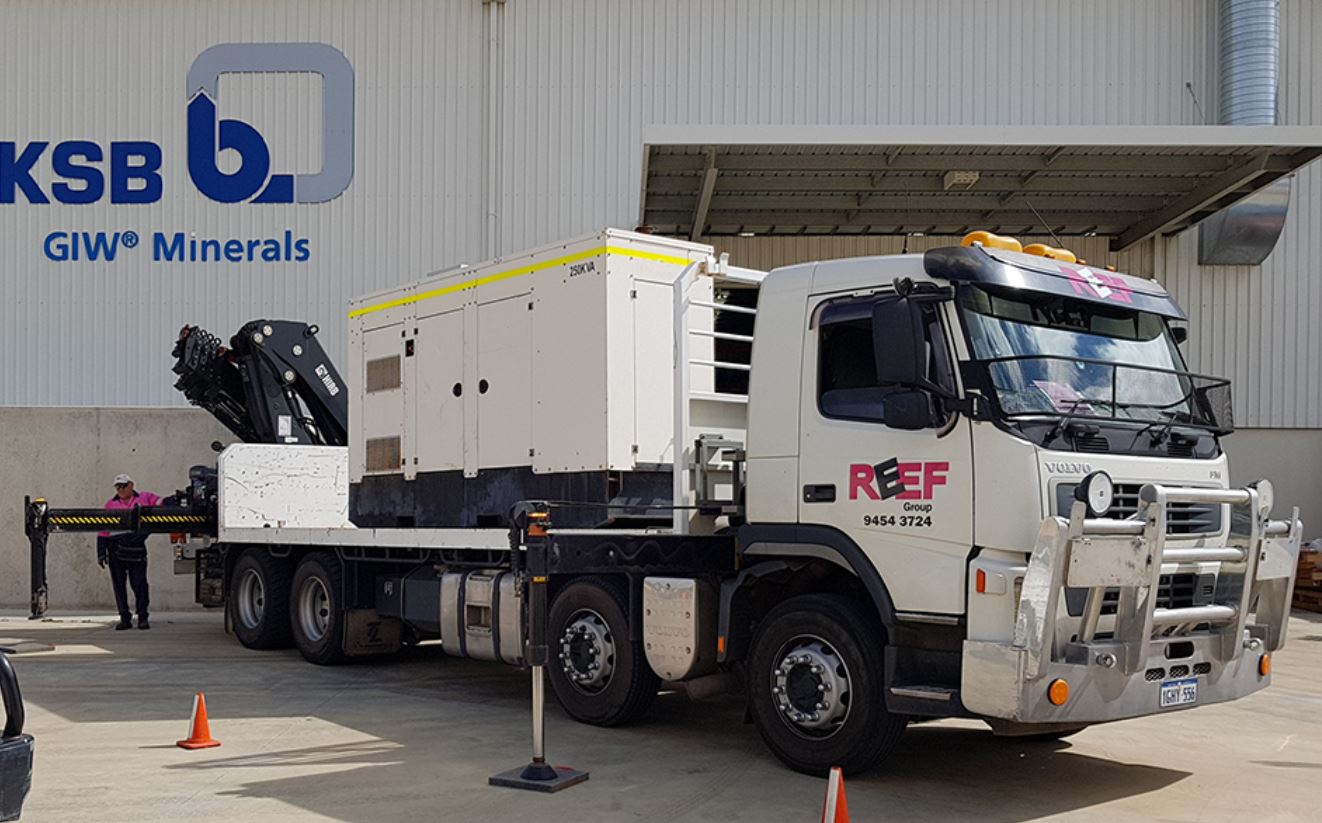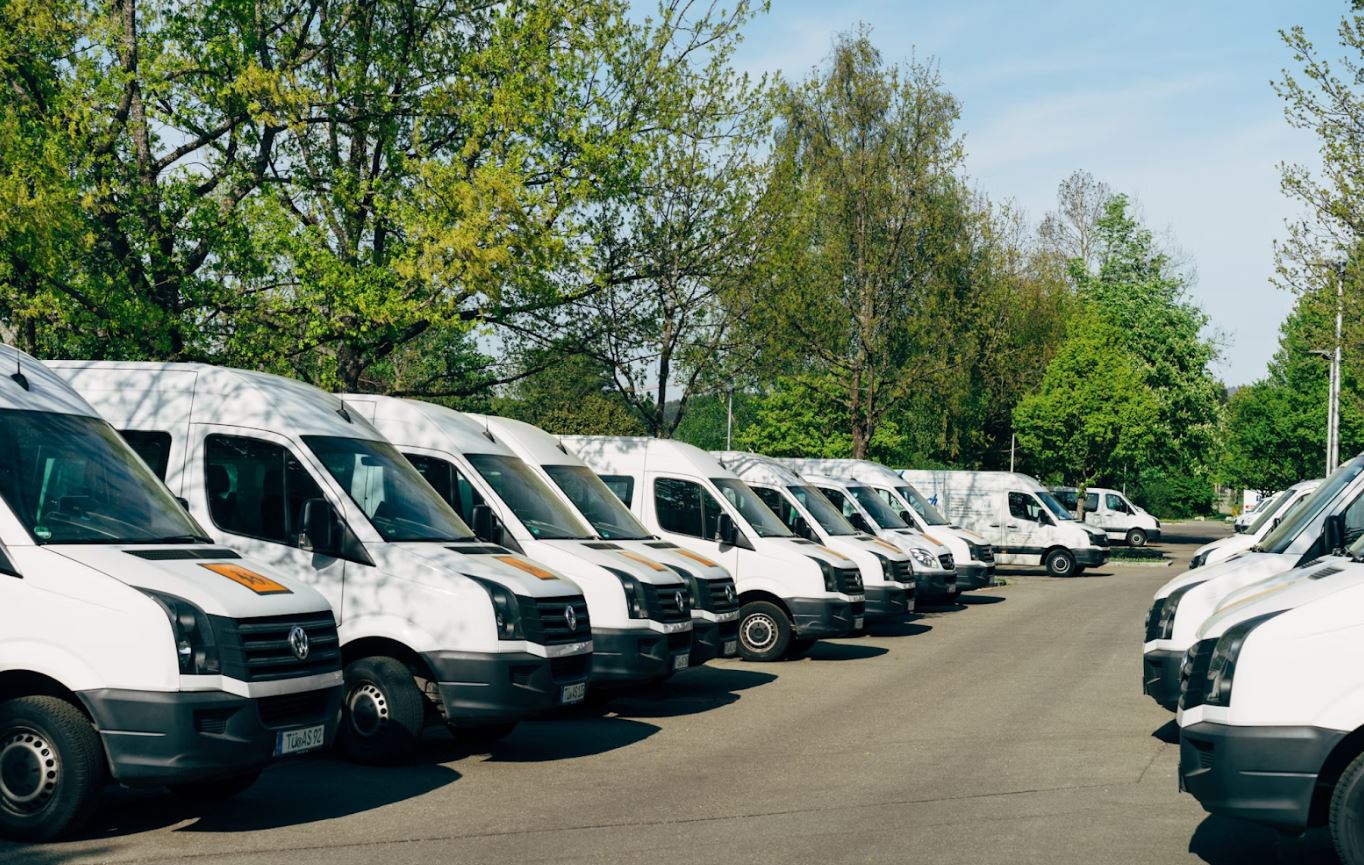Buying your first automobile is one of life’s major milestones, bringing freedom and independence. However, getting a new car also means more duties and maintenance responsibilities. In Canada, the need to maintain your vehicle extends beyond being a suggestion because seasonal weather conditions require it. The car faces multiple kinds of problems throughout the year, including both cold winter temperatures and hot summer conditions, as well as frequent exposure to road debris. Early implementation of regular maintenance will protect your vehicle from future breakdowns while preventing unexpected costs. Let’s check out some essential tips on car maintenance.
Why Car Maintenance Matters
New drivers often feel overwhelmed when first learning about basic vehicle maintenance responsibilities. Regular maintenance helps you avoid costly repairs, but it also guarantees safety alongside reliable performance.
New car owners who choose to work with a certified car repair and maintenance service receive expert diagnostics, proper tools, and fast solutions specific to their vehicle model. These services also help to identify any issues before they become major mechanical problems, so you can drive with confidence.
A vehicle operates at its best when you properly maintain its core elements, such as oil systems, together with brake, tire, and battery systems. The components face heightened exposure to damage during Canada’s various driving environments. Having a dependable car repair and maintenance service on your side helps you react instantly when there are major issues.

7 Essential Maintenance Tips for New Car Owners
The old practice of sitting in a mechanic’s waiting room and scheduling oil changes months in advance has disappeared. Everyone now has access to better car care. New car owners need to understand these critical maintenance practices.
1.Get to Know Your Car: Your Owner’s Manual Is Your Friend
Before you even think about turning the key, spend some time getting to know your car.
- Read the Manual: It may be boring, but that owner’s manual has gold. It’s got everything from when to change the oil to what that weird light on your dashboard means.
- Learn the Basics: Engine, brakes, tires, fluids — knowing what they are and what they do helps you spot problems early and talk to mechanics without sounding completely lost.
- Know Your Warranty: Understand what is covered with the car’s warranty.
2.Stick to a Consistent Oil Change Schedule
Your engine requires fresh, top-quality oil to operate correctly. To maintain your vehicle’s health, change your oil between 5,000 and 8,000 km based on your car model and driving conditions. The use of synthetic oils within Ontario’s climate offers better protection and performance benefits.
3.Pay Attention to Tire Health
Your tires influence fuel efficiency as well as road safety and stopping power. Check your pressure monthly, inspect tread wear, and rotate your tires seasonally.
- Check Tire Pressure Regularly: Low pressure equals bad fuel economy and potential blowouts. Check every month, especially before road trips.
- Monitor Tread Depth: Worn tires are dangerous, especially in the rain or snow. Get new ones when necessary
- Rotate and Align: Regular rotation and alignment keep your tires wearing evenly.
Car maintenance companies provide climate-controlled tire storage facilities and tire replacement services to simplify seasonal tire changes.
4.Check Brakes and Batteries Regularly
Don’t wait for warning signs. The battery life shortens rapidly in cold conditions, and brake pads that need replacement will decrease stopping power. Regular inspection of both components should be done at the start of every season to catch issues early and avoid safety risks.
5.Don’t Skip Detailing—Protect Your Car’s Exterior & Interior
Road salt, together with debris and UV rays, will damage the paint and upholstery of your car.
- Wash and Wax: Protect that paint job from the elements and corrosion.
- Clean the Interior: Vacuum regularly to get rid of odours.
- Use Protection: Floor mats and seat covers will keep your car looking good for years to come.
6.Prepare for the Seasons Ahead
Canadian weather is unpredictable. Your vehicle requires seasonal checks that examine fluid levels, together with tire status and battery performance, before winter arrives. It’s better to be early than stranded in a storm.

Winter:
- Antifreeze Check: Essential for preventing freezing and corrosion of your engine’s cooling system.
- Winter Tires: A crucial safety measure providing superior traction on snow and ice.
- Undercarriage Wash: Regularly remove salt and road grime to prevent rust and corrosion.
Spring:
- AC Check: Ensure your air conditioning system is functioning properly for the warmer months ahead.
- Windshield Wipers: Replace worn or damaged wipers for optimal visibility during spring showers.
- Pothole Damage on Tires: Inspect tires for any bulges, cuts, or damage caused by winter potholes.
Summer:
- Tire Pressure: Maintain proper tire pressure, as it can fluctuate with warmer temperatures.
- Engine Coolant: Check and top off engine coolant to prevent overheating during hot summer driving.
- Sunshades: Utilize sunshades to protect your car’s interior from excessive heat and UV damage.
7.Keep an Eye on Fluids and Filters: More Than Just Gas
Your car runs on more than just gas. Don’t forget the little things!
- Engine Oil: Keeps everything lubricated. Change it.
- Brake Fluid: Stops you safely. Don’t ignore it.
- Coolant: Keeps the engine from overheating. Check it.
- Power Steering Fluid: Makes steering easy. Top it up.
- Windshield Washer Fluid: For clear visibility. Fill it.
- Filters: Air and cabin filters keep things clean. Replace them.
You will succeed with proper maintenance habits combined with the progressive service approach of professional car maintenance companies that allow you to control your vehicle’s performance and durability from the beginning. Follow these tips and have a safe trip.





